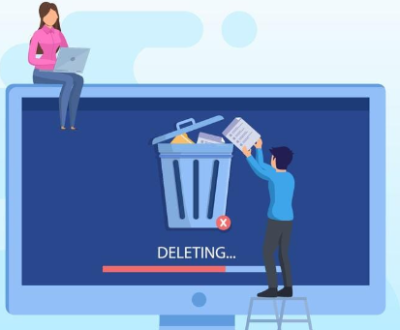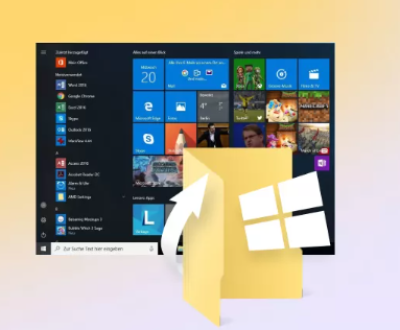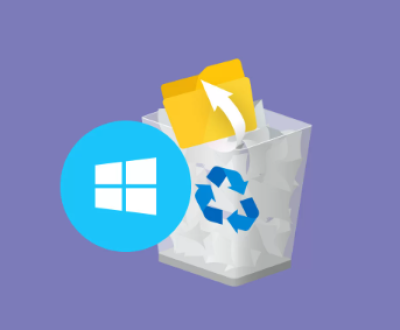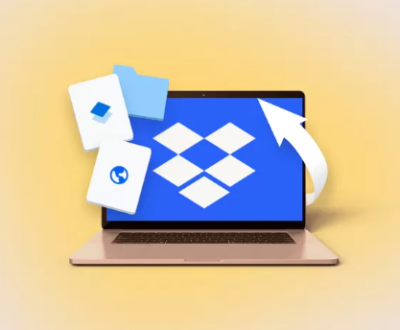USB ports have become an essential part of our computing experience. They allow us to connect a wide variety of devices such as keyboards, mice, printers, external hard drives, and flash drives. However, it can be quite frustrating when the front USB ports on a computer stop working. This issue can be caused by a multitude of factors, ranging from simple hardware connection problems to more complex software and driver issues.
Common Causes
Hardware Issues
Physical Damage: The front USB ports are more exposed compared to the rear ones and are therefore more susceptible to physical damage. This can include bent pins, damaged port housings due to forceful insertion of USB devices, or cracks in the circuit board that connects the ports to the motherboard. For example, if you accidentally drop something on the front of the computer case where the USB ports are located, it could cause internal damage to the ports.
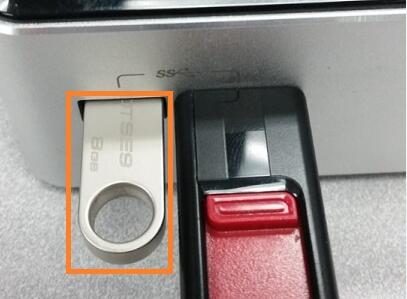
Loose Connections: The cables that connect the front USB ports to the motherboard may become loose over time. This can happen due to regular computer use, vibrations, or if the computer has been moved around frequently. When the connections are loose, the USB ports may not receive the necessary power and signals to function properly.
Faulty USB Cable: The USB cable that you are using to connect a device to the front USB port might be faulty. The cable could have internal breaks or damaged wires, which can prevent the proper transfer of data and power. This is more likely to occur if the cable has been bent, twisted, or pulled frequently.
Power Supply Issues: The power supply unit of the computer may not be providing enough power to the front USB ports. This can happen if the power supply is old, faulty, or if the computer is running too many high-power-consuming devices simultaneously. For instance, if you have multiple external hard drives and other USB devices connected to the front ports and the power supply cannot handle the load, the ports may stop working.
Motherboard Problems: A malfunctioning motherboard can also be the cause of front USB ports not working. There could be a faulty capacitor, a short circuit, or other electrical problems on the motherboard that affect the operation of the USB ports. This is more likely to occur if the motherboard is old or has been exposed to moisture, heat, or other harsh environmental conditions.
Software and Driver Issues
Outdated or Corrupted Drivers: The USB drivers installed on your computer play a crucial role in enabling the communication between the USB ports and the connected devices. If the drivers are outdated or corrupted, the front USB ports may not work properly. This can happen when you update your operating system and the USB drivers are not updated accordingly, or if there is a software conflict that causes the drivers to become corrupted.
BIOS Settings: Incorrect BIOS settings can also lead to front USB ports not working. The BIOS may be configured to disable the front USB ports, or there could be other settings related to USB power management or device recognition that are incorrect. For example, if the USB legacy support is disabled in the BIOS, some USB devices may not work properly with the front ports.
Operating System Issues: Problems within the operating system can affect the functionality of the USB ports. This can include system file corruption, registry errors, or conflicts with other installed software. For instance, if you have recently installed a new program that conflicts with the USB drivers or the operating system’s USB handling, it can cause the front USB ports to stop working.
USB Selective Suspend Setting: In some cases, the USB selective suspend feature in the operating system can cause issues. This feature is designed to save power by suspending the USB ports when they are not in use. However, if it is not configured correctly or if there are compatibility issues, it can prevent the USB ports from waking up properly when a device is connected, resulting in the ports appearing to be non-functional.
Diagnostic Steps
Visual Inspection
Examine the front USB ports for any visible signs of physical damage. Look for bent pins, cracks in the port housing, or any signs of wear and tear. If you notice any damage, it is likely that the port will need to be repaired or replaced.
Check the USB cable that you are using to connect the device to the port. Inspect the cable for any visible breaks, frays, or damage to the connectors. If the cable looks damaged, try using a different cable to see if the problem is resolved.
Connection Check
Open the computer case and check the connections between the front USB ports and the motherboard. Make sure that the cables are securely plugged in and not loose. If the connections are loose, carefully reattach them and see if the USB ports start working.
While the case is open, also check the power connections to the motherboard. Make sure that the power supply is providing the correct voltage and that all the power cables are properly connected.
Driver and Software Checks
Open the Device Manager in Windows by pressing the Windows key + X and selecting “Device Manager”. In the Device Manager, expand the “Universal Serial Bus controllers” section and look for any devices with a yellow exclamation mark or a red X. These indicate that there is a problem with the drivers for those devices.
Right-click on the affected USB devices and select “Update Driver”. Follow the on-screen instructions to update the drivers to the latest version. If the drivers are already up to date, you can try uninstalling the drivers and then restarting the computer. Windows will automatically reinstall the drivers, which may resolve any issues.
Check for any available BIOS updates for your motherboard. Visit the manufacturer’s website and download the latest BIOS update if available. Follow the instructions provided to update the BIOS, but be very careful during this process as a failed BIOS update can cause serious problems with your computer.
Run a system file check in Windows by opening the Command Prompt as an administrator and typing “sfc /scannow”. This will scan for any corrupted system files and attempt to repair them.
Solutions
Hardware Solutions
Repair or Replace Damaged Ports: If the front USB ports are physically damaged, you may need to repair or replace them. This can be a relatively simple process if the damage is only to the port housing and the pins are still intact. You can purchase a replacement USB port module and solder it onto the motherboard if you have the necessary soldering skills. However, if the damage is more severe and affects the circuit board, it may be more advisable to take the computer to a professional repair technician.
Tighten Loose Connections: If the problem is due to loose connections, simply tightening the cables that connect the front USB ports to the motherboard can often solve the issue. Make sure that the cables are plugged in firmly and that there is no wiggle room. If the connectors are damaged, you may need to replace them.
Replace Faulty USB Cables: If you suspect that the USB cable is faulty, replace it with a new one. Make sure to use a high-quality cable that is compatible with the devices you are connecting. Cheap or counterfeit cables may cause problems and may not provide reliable data transfer or power.
Upgrade or Replace the Power Supply: If the power supply is the cause of the problem, you may need to upgrade or replace it. Calculate the power requirements of your computer components and choose a power supply with sufficient wattage to handle the load. When installing a new power supply, make sure to connect all the cables correctly and follow the manufacturer’s instructions.
Replace the Motherboard: If all other hardware solutions fail and you suspect that the motherboard is faulty, you may need to replace it. This is a more complex and expensive solution, but it can be necessary if the motherboard has irreparable damage. When choosing a new motherboard, make sure to select one that is compatible with your computer’s other components and has the necessary features and ports.
Software Solutions
Update Drivers: As mentioned earlier, updating the USB drivers is often the first step in resolving software-related issues. Visit the manufacturer’s website of your computer or motherboard and download the latest USB drivers for your specific model. Install the drivers and restart the computer to see if the front USB ports start working.
Reset BIOS Settings: To reset the BIOS settings to their default values, you can usually find an option in the BIOS setup menu called “Load Optimized Defaults” or something similar. Select this option and save the changes. You can also try enabling or disabling specific USB-related settings in the BIOS, such as USB legacy support or USB power management, to see if it makes a difference.
Repair the Operating System: If there are operating system issues, you can try using the System Restore feature in Windows to restore the system to a previous point in time when the USB ports were working properly. If System Restore does not work, you may need to perform a repair installation of the operating system. This can usually be done by inserting the Windows installation media and following the on-screen instructions to repair the existing installation.
Disable USB Selective Suspend: To disable the USB selective suspend feature in Windows, open the Control Panel and go to “Power Options”. Select the power plan you are using and click on “Change plan settings”. Then click on “Change advanced power settings”. In the advanced power settings, expand the “USB settings” section and set the “USB selective suspend setting” to “Disabled” for both battery and plugged in modes.
Prevention Tips
Handle USB Devices with Care: When inserting or removing USB devices, be gentle and make sure to align the connectors properly. Do not force the devices into the ports as this can cause physical damage.
Use High-Quality USB Cables and Devices: Invest in high-quality USB cables and devices to ensure reliable performance and reduce the risk of compatibility issues. Avoid using cheap or counterfeit products.
Keep Your Computer Clean and Well-Ventilated: Dust and heat can cause problems with computer components, including the motherboard and USB ports. Regularly clean your computer and make sure that it is in a well-ventilated area to prevent overheating.
Update Drivers and Software Regularly: Keep your operating system, drivers, and other software up to date to ensure compatibility and to take advantage of bug fixes and performance improvements.
Be Cautious When Installing New Software: Before installing new software, check for any known compatibility issues with your computer’s hardware and existing software. Read the reviews and user feedback to avoid installing programs that may cause problems.
About us and this blog
Panda Assistant is built on the latest data recovery algorithms, ensuring that no file is too damaged, too lost, or too corrupted to be recovered.
Request a free quote
We believe that data recovery shouldn’t be a daunting task. That’s why we’ve designed Panda Assistant to be as easy to use as it is powerful. With a few clicks, you can initiate a scan, preview recoverable files, and restore your data all within a matter of minutes.

 Try lt Free
Try lt Free Recovery success rate of up to
Recovery success rate of up to

